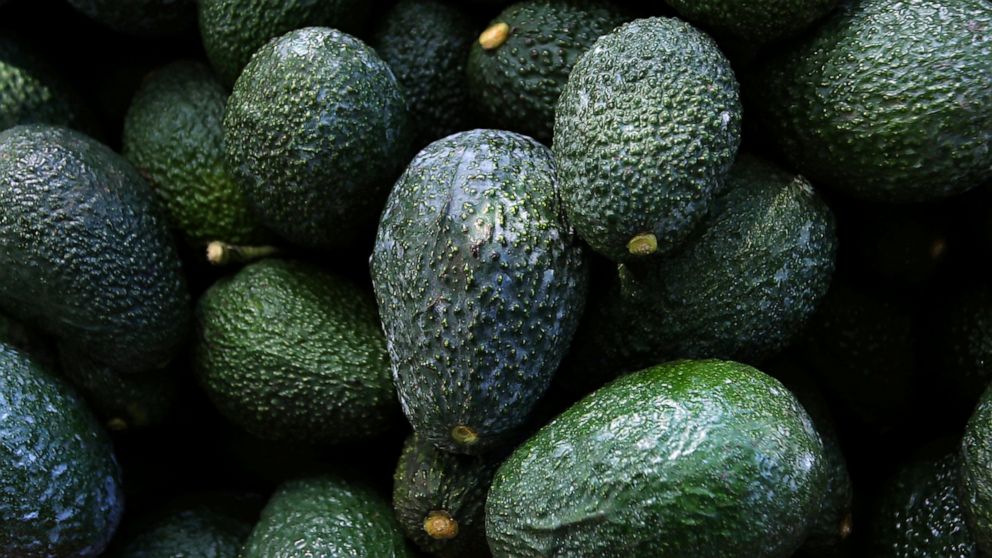[ad_1]
The harrowing images are another sign of the desperation of migrants stuck in the southern city of Tapachula, at the border with Guatemala. Backlogs mean some wait months for asylum claims to be processed and humanitarian visas to be granted to legalize their stay in the country.
The dramatic protest also reflects an increasingly tense situation in Tapachula, where a recent massive influx of thousands of migrants from Central and South America, Haiti and other countries has overwhelmed Mexican authorities.
The number of people applying for refugee or asylum status in Mexico has nearly doubled since 2019, reaching an all-time high of 131,448 claims in 2021 — 39 percent of which came from Haitians, according to government data released last month.
Roughly 70 percent of the asylum claims are processed in Tapachula, where the country’s largest immigration center is located.
Several migrants who participated in the protest told journalists that they felt a need to express their mounting frustration over delays in getting their claims processed.
“I got an appointment in three or four months and I don’t have the money to stay in this city for that long,” Rafael Hernandez, from Venezuela, told AFP.
Others said they were carrying out the dramatic action to shine a light on the difficult conditions they are living in, with many sleeping in parks and on street benches for weeks and relying on humanitarian aid for food. According to Reuters, a dozen people participated in the protest.
“I’m doing it for my daughter,” Yorgelis Rivera of Venezuela told the news agency. “She has not eaten anything in the last few hours and I see no solution from the authorities.”
“We are like prisoners here,” Rivera added, saying she has been waiting for a response from Mexico’s migration agency for more than a month.
In a news release, Mexico’s National Institute of Migration, the agency overseeing immigration matters, characterized the migrant mouth-sewing protest as “senseless.”
“It is very concerning that these measures were taken with the consent and support of those who call themselves their representatives, with the intention of pressuring migration authorities on a service that is already being provided,” the statement read.
Mexican immigration authorities said they are dealing with asylum requests and giving priority to “vulnerable groups like children, adolescents, pregnant women, crime victims, people with disabilities and senior citizens.”
In recent years, Mexico has faced mounting pressure from the United States to stem the massive flow of migrants fleeing violence, poverty and climate change, and prevent them from reaching the U.S-Mexico border.
In return, the Mexican government has repeatedly urged the Biden administration to increase funding for Mexico and Central America — where most of the migrants come from — to create more jobs and deter migration.
During the 2021 fiscal year, U.S. authorities took more than 1.7 million migrants into custody along the Mexico border, an all-time high. Arrests by the Border Patrol also reached the highest levels ever recorded, according to U.S. Customs and Border Protection data obtained by The Washington Post.
While migrants rarely sought protection in Mexico in the past, stricter border enforcement at the U.S.-Mexico border and a slowdown in U.S. asylum processing has led to a spike in people now claiming asylum in Mexico. According to migrant advocates and human rights groups, this has further strained an already flawed immigration system.
Raymundo Tamayo, Mexico director for the International Rescue Committee, a humanitarian aid group, said the “exponential growth” in the number of migrants seeking protection in Mexico, either to stay in the country or continue north, has posed significant financial and logistical challenges to Mexico’s immigration system.
“While Mexico has migration policies that align with international asylum laws, in practice, the reality is very different,” Tamayo said. “The asylum system has been completely surpassed.”
Dana Graber Ladek, chief of mission in Mexico with the U.N. International Organization for Migration, said the group has seen an unprecedented number of individuals arriving in Mexico, not only from Central and South America, but from as far as Africa and Asia.
Graber said the “drastic” measures taken by migrants Tuesday “reflects a lack of migration alternatives for these individuals who are applying for asylum, even if they might not qualify for it.”
“The asylum system is oversaturated at this point, and this is precisely why we are looking for alternatives working with the government of Mexico, hoping to identify ways to change their visa system and offer work permits for individuals who are interested in staying in Mexico,” she added.
[ad_2]
Source link




/cloudfront-us-east-2.images.arcpublishing.com/reuters/QX63CELGCNKK5ND2AOWZ4WFSVQ.jpg)










